Contactless Payments Reduce COVID-19 Risk
The World Health Organization (WHO) has advised everyone to “use contactless payments to reduce the risk of transmission” of COVID-19.
We’d like to help by sharing some information on how to reduce exposure of the virus during the checkout process.
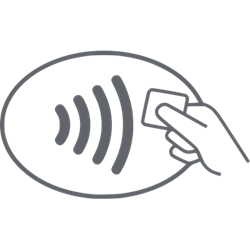
With a customer-facing terminal, the credit cards remain in the hands of consumers, minimizing contact with the virus.
4 Steps to Reducing Exposure
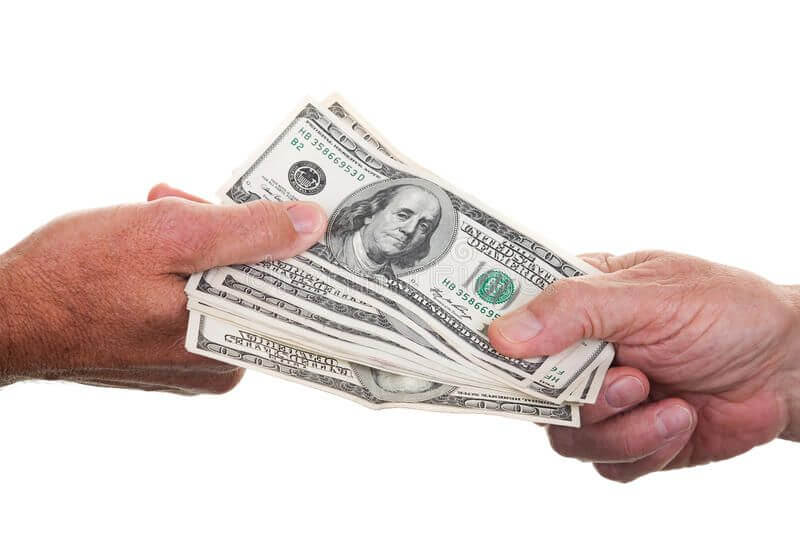
The WHO has cautioned that paper money
can be contaminated with virus.
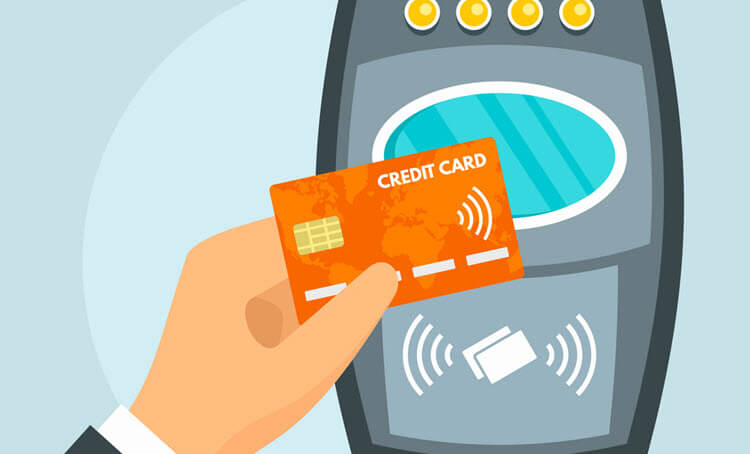
The WHO also advises consumers to use contactless
payments to minimize risk of contracting the virus.
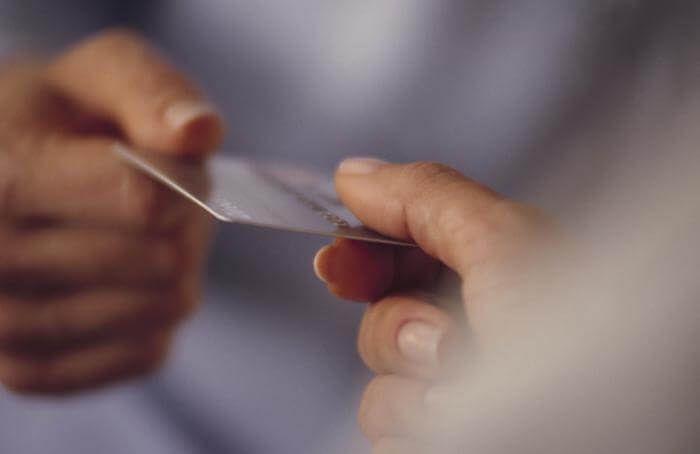
Many traditional payment terminals require clerks and customers to pass credit cards, increasing potential contact with the virus.

With a customer-facing terminal, the credit cards remain
in the hands of consumers, minimizing contact with the virus.
*The WHO has cautioned the virus can live and be transferred up to 3 days on plastic surfaces.
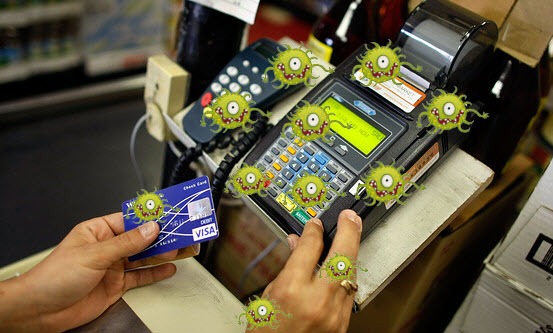
Many payment terminals are difficult to clean due to
their form factor and materials used on the screen and keypad.
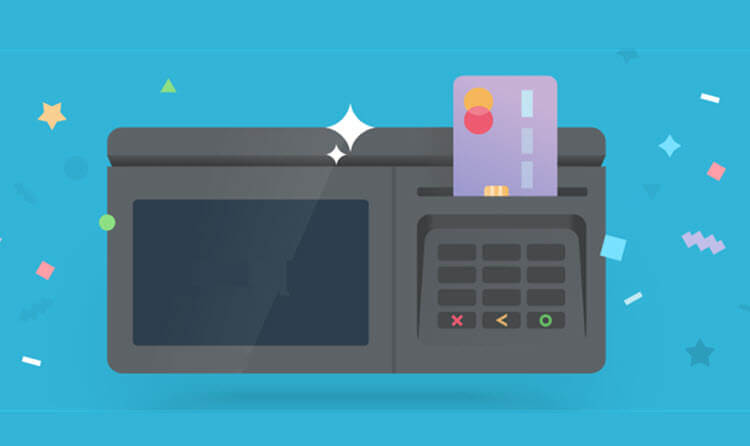
The WHO also advises consumers to use contactless
payments to minimize risk of contracting the virus.

Traditional terminals require clerks and customers to exchange pen and paper to sign receipts, which increases exposure.
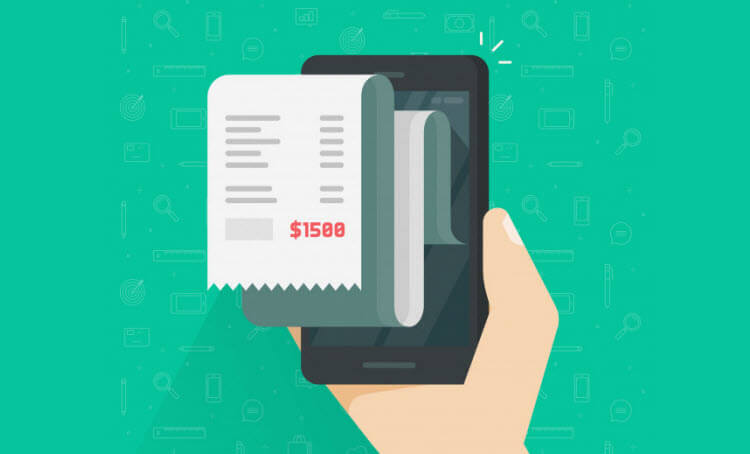
Removing the signature requirement eliminates this physical exchange, minimizing contact, while a digital receipt is still available to the customer.

